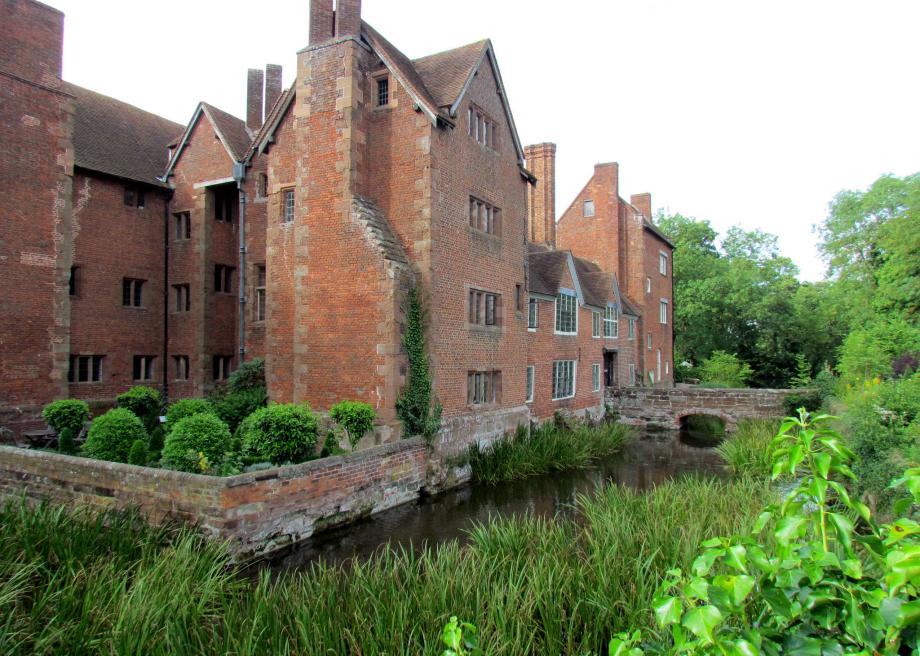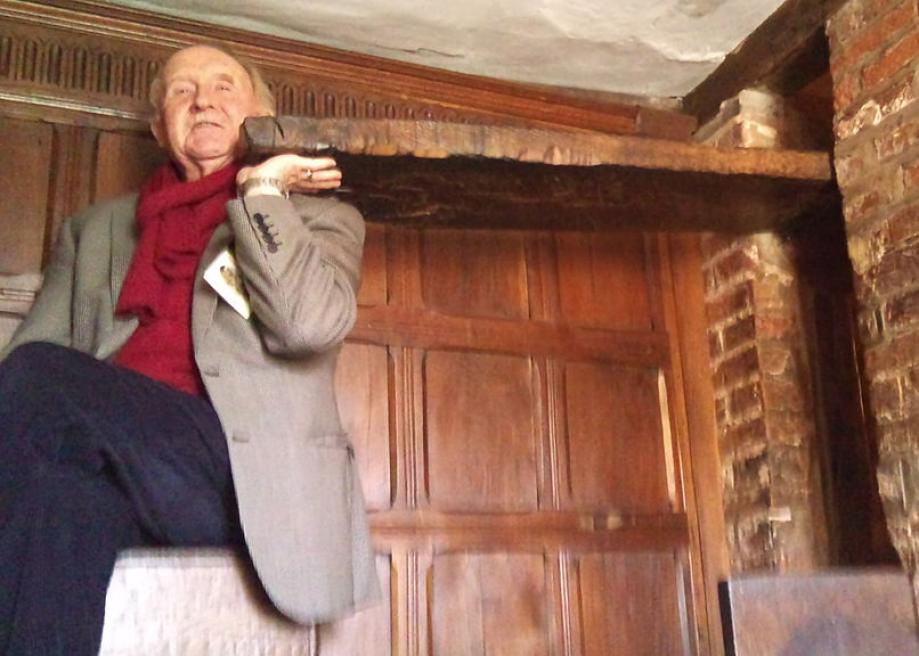Harvington Hall: A Great Place to Hide Your Priest
Atlas Obscura on Slate is a blog about the world’s hidden wonders. Like us on Facebook and Tumblr, or follow us on Twitter.
Harvington Hall is a strangely fortified English manor house whose name all but demands to be pronounced in a cartoonish British accent. It also holds a number of secret compartments built by the patron saint of illusionists to hide Catholic priests.
Originally built in the 1580s by an undoubtedly British, and devoutly Catholic man named Humphrey Pakington, Harvington Hall quickly began to serve as a hideaway for Catholic priests, secretly worshipping during a time when practicing Catholicism was punishable by imprisonment or death. The manor house was uniquely suited to concealing the priests as it is surrounded on two sides by moats, and a lake bordering the third, making intense inspection of the property difficult.
In the late 16th century, when the home became part of a loose network of houses dedicated to hiding Catholic priests, Jesuit builder Nicholas Owen was sent to the building to install a number of secret spots where they could be concealed, should the Queen's men come calling.
Owen built little cubbies hidden behind false attic walls that could be accessed through a fake chimney; a beam that could flip up on an access point revealing a chamber in the walls (which was only discovered 300 years later by some children who were playing in the house); and, most elaborately, a secret room hidden behind another hidden compartment under a false stair. Smaller compartments to hide the priests' tools were also built into the floors.
Owen's skill at building hidden rooms was so great that no priest taking refuge in one of his creations was ever found out. Unfortunately, Owen himself was captured by the Crown while distracting soldiers from a hiding priest. He was taken to the Tower of London, where he was tortured to death, never uttering a word on any of his hidden charges. He was later canonized and is now considered the patron saint of illusionists and escapists.
Harvington House still stands, and is the best preserved example of priest-holes still extant in Britain. In addition to the historic holes, a number of Elizabethan wall-paintings were uncovered in the residence. The house is now owned and maintained by the Catholic church that it worked so hard to preserve.
More incredible places around the world:


